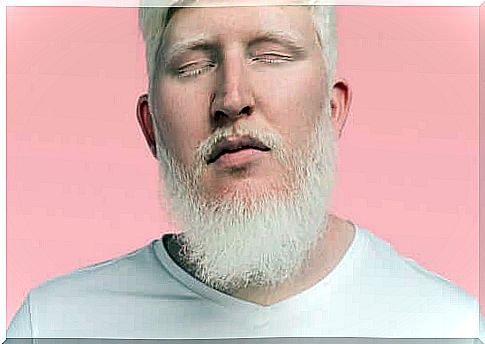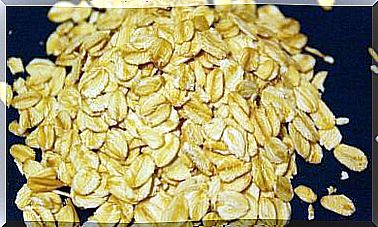Albinism: Everything You Need To Know

Albinism is a rare disease that develops due to a series of changes in the pigmentation of melanin . This disease affects the eyes, hair follicles and skin. The central nervous system can also be affected.
There are several types of albinism. Furthermore, due to the genetic diversity of the entire human population, not all albino people exhibit the same symptoms or exhibit the same intensity. The only characteristic that unites the different types of albinism is the lack or reduction of melanin in different parts of the body .
It is a congenital condition, meaning that people are born albino, they do not become albino . This is why many experts prefer to consider it an abnormal condition rather than a disease.
Types of albinism
As we have anticipated, there are many types of albinism. However, we will focus on in today’s two main types: the ‘ Oculocutaneous albinism (OCA) and ocular albinism (OA) . This classification is based on the degree of reduction or absence of pigmentation in the skin, hair and eyes.
In the first type, as the name suggests, patients have this decrease or absence of pigmentation in the skin, hair and eyes . As for the second condition, however, this phenomenon is mainly observed in the eyes.
In turn, these two types can be divided into multiple sub-categories depending on the gene concerned. Oculocutaneous albinism is more common and can be divided into four main types, along with other less frequent and complex forms: such as Hermansky-Pudlak syndrome and Chedial-Higashi syndrome. We see below the 4 main types of oculocutaneous albinism.

Types of oculocutaneous albinism
Type I.
It is caused by the absence of activity of the tyrosinase enzyme , which is responsible for controlling the steps for the synthesis of melanin.
Type II
It accounts for 50% of oculocutaneous albinism cases. The cause is a mutation in the p gene. The function of the protein that encodes this gene is still unknown.
However, it is believed that it may be involved in the regulation of the pH of organelles and the accumulation of glutathione in vacuoles. In this type of albinism, tyrosinase works properly.
Type III oculocutaneous albinism
It only occurs in people who have dark skin . It is caused by mutations in the gene encoding the tyrosinase 1-related protein, the product of which is important in the synthesis of eumelanin. This compound is most common in melanins, giving color to skin, hair and eyes.
Type IV
This is an extremely rare form in which the defect is found in a gene that encodes a membrane transport protein, which is involved in the processing of tyrosinase.
It also affects the transport of proteins to melanosomes, which are the organelles containing melanin. It is the most common type of oculocutaneous albinism among the Japanese population.

How to treat albinism
There is no specific treatment for albinism. Patients are at high risk of sunburn and skin cancer . That is why the best treatment is the prevention of these possible injuries. In light of this, people with albinism should:
- Avoid direct exposure to sunlight.
- Wear sunglasses with an ultraviolet filter.
- Wear protective clothing.
- Apply a sunscreen with a high protection factor.
Sometimes it may be necessary to undergo surgery to treat strabismus , one of the disorders most often associated with albinism. Strabismus is the inability of both eyes to stare at the same spot or move at the same time. Surgery to correct strabismus can help make the disease less obvious.
Albinism: conclusions
Although it is not a life-threatening disease for patients , people who suffer from it are prone to other diseases such as skin cancer or sunburn.
It is essential to have adequate sun protection, as well as knowing the type of albinism you suffer from to better cope with the disease. Medical advice will be essential for these patients, as will the use of high quality creams and protectors.









